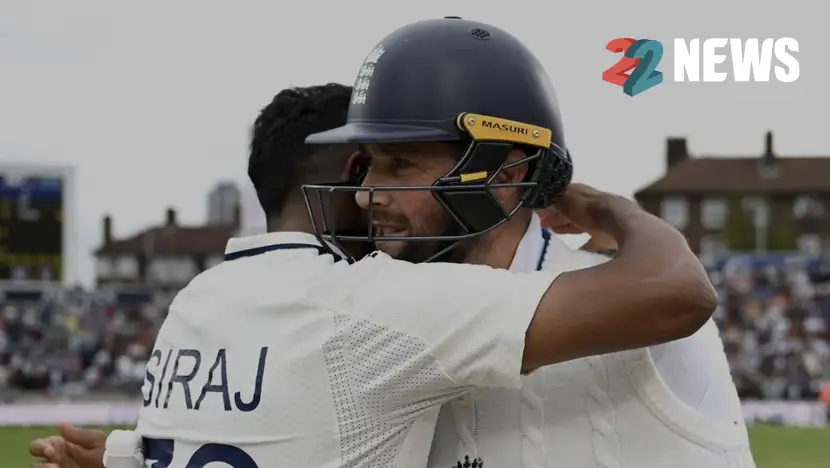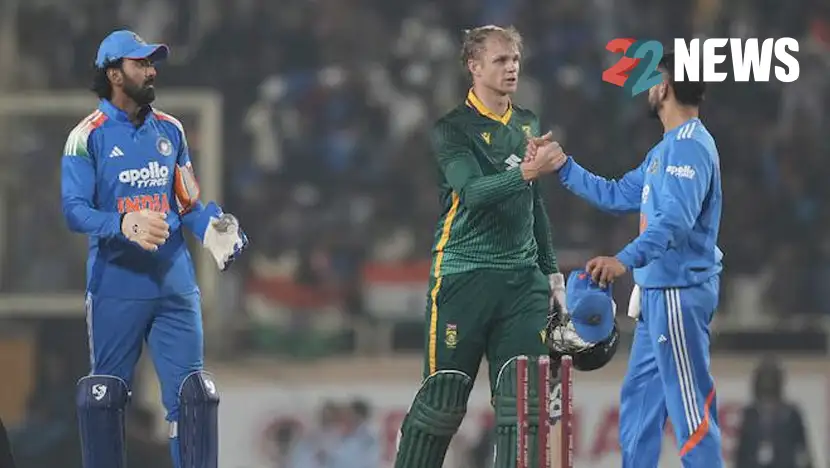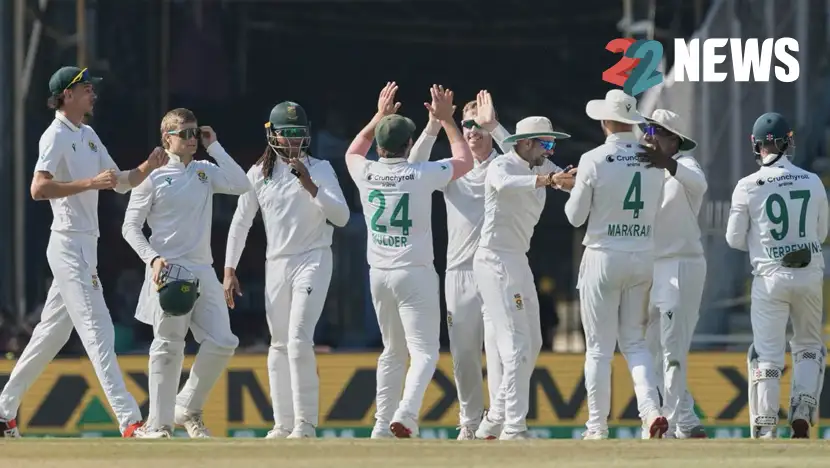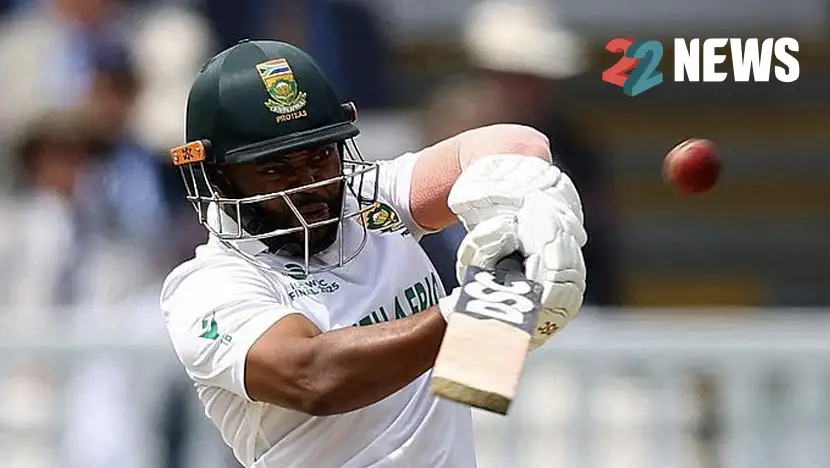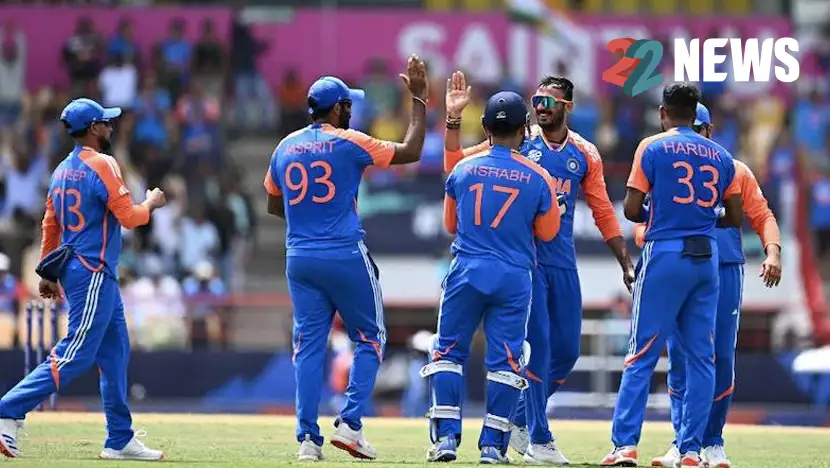As the shadows lengthened on a gloomy London evening and play was called off due to bad light on Day 4 at The Oval, it looked like England had one hand on the trophy. But 24 hours later, in what can only be described as a vintage Test match twist, India pulled off a heist. A six-run win that felt far bigger than the scorecard suggested. It was a result that gave Shubman Gill his first Test series as captain, a fairy-tale ending, and proved India’s red-ball grit still burns bright in an era dominated by flashy white-ball theatrics.
Gill Era Begins With a Statement
The 2025 Anderson-Tendulkar Trophy may have ended 2-2, but for India, the final Test win at The Oval felt like a series victory. Not just because they pulled England back from the brink of a record chase, but because it heralded the arrival of a new leadership vision under 25-year-old Shubman Gill.
England, chasing a daunting 374, came out in full ‘Bazball’ mode. Harry Brook, in a zone of his own, raced to a blistering hundred. Joe Root, the ever-dependable anchor, played the perfect foil. When the scoreboard read 301 for 3, the script seemed all but written. But this is Test cricket, where one moment changes everything.
Akash Deep, the unlikely hero and nightwatchman in India’s second innings, struck gold with the ball this time. Brook edged one, and India smelled blood. The momentum shifted. Mohammed Siraj and Prasidh Krishna, operating with venom and calm in equal measure, ran through the lower order like men possessed.
When Root fell for 94, it sparked a tailspin. From 301/3 to 367 all out, England collapsed under pressure, and India celebrated like never before.
India’s Backbone: Youth, Fire, and Steel
If one had to chart the DNA of this win, it would be found in the spirited blend of youthful exuberance and seasoned resolve. Yashasvi Jaiswal’s second-innings century was not just about flair; it was grit in whites. Partnering with Akash Deep, he helped overturn England’s first-innings lead with a stand that may well go down as the turning point.
Ravindra Jadeja played his typical role of stubborn resistance, while Washington Sundar’s whirlwind cameo pushed the total to a match-winning 396. And then came the bowling. Siraj and Krishna, backed by clever field placements and unrelenting intensity.
More than the result, what stood out was India’s refusal to give up. This wasn’t a team playing to survive — it was a team learning to win tough moments again.
The Road Ahead: A Marathon Schedule to 2027
Even as the Oval dust settles, there’s little time to rest. The Board of Control for Cricket in India (BCCI) has outlined a rigorous schedule in the Future Tours Programme (FTP), reflecting the demands of modern cricket — global exposure, bilateral rivalry, and ICC tournaments.
India’s cricketing caravan rolls on with the following FTP roadmap till February 2027:
2025
September 9–28 – T20 Asia Cup, Dubai
- Multiple T20Is to fine-tune for the T20 World Cup cycle.
October 2–14 – West Indies tour of India
- Format: 2 Test matches (red-ball returns home).
October 19 – November 8 – India tour of Australia
- 3 ODIs, 5 T20Is – White-ball prep Down Under.
November 14 – December 19 – South Africa tour of India
- 2 Tests, 3 ODIs, 5 T20Is – An all-format showdown at home.
2026
January – New Zealand tour of India
- 3 ODIs, 5 T20Is – An early-year white-ball rush.
June – Afghanistan tour of India
- Historic 1-off Test + 3 ODIs.
July – England tour of India
- 3 ODIs, 5 T20Is – Bazball faces Gill-ball on Indian turf.
August – India tour of Sri Lanka
- 2 Tests – rare away red-ball action before 2027.
September – India tour of Afghanistan
- 3 T20Is – strategic short-format prep.
Sept–Oct – West Indies tour of India
- 3 ODIs, 5 T20Is – Caribbean flair meets Indian dominance.
Oct–Nov – India tour of New Zealand
- 2 Tests, 3 ODIs, 5 T20Is – swing test in Kiwi conditions.
December – Sri Lanka tour of India
- 3 ODIs, 3 T20Is – end-of-year bilateral fest.
2027
January–February – Australia tour of India
- Red-ball rivalry resumes — likely to be 4 or 5 Tests.
Red-Ball Focus: Less Is More?
Despite the abundance of cricket, India’s red-ball calendar remains relatively lean. Only 9 Tests between now and early 2027. In an era where T20 leagues and ODI World Cup cycles dominate headlines, this might actually be a blessing for a side in transition.
Lower frequency allows India to build continuity, experiment with fresh blood, and groom a new generation of Test specialists. Shubman Gill will have the time and space to mold this unit his way.
For instance, the one-off Test against Afghanistan and the short two-match tour of Sri Lanka will serve as ideal testing grounds for players like Ruturaj Gaikwad, Rajat Patidar, or pacers like Mukesh Kumar to stake their long-term claims.
A Generation at the Crossroads
The Oval win was symbolic — a team emerging from the shadows of legends, ready to script new glories on its own terms.
Gill’s cool-headed captaincy, Jaiswal’s fearless batting, and Siraj’s fiery spells — these are not footnotes. They’re the early chapters of what could be a compelling Test saga.
At The Oval, India didn’t just win a Test. They declared their intent.
The Ashes may dominate English summer folklore, but India’s thrilling heist under cloudy London skies will live long in the memories of those who witnessed it. Not because of the numbers, but because of the narrative.
A young leader. An improbable comeback. A resilient squad. And a future packed with challenges.
The Gill era has begun. And it promises to be a gripping watch.


